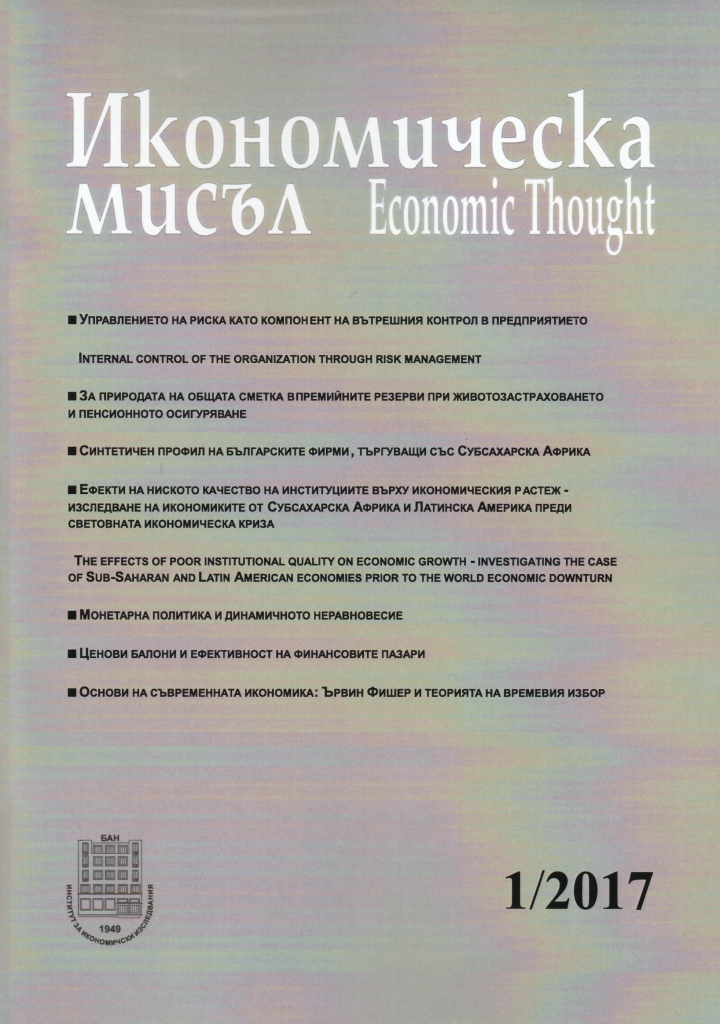Управлението на риска като компонент на вътрешния контрол в предприятието
Internal control of the organization through risk management
Author(s): Galina KurtevaSubject(s): Economy, Business Economy / Management, Micro-Economics
Published by: Институт за икономически изследвания при Българска академия на науките
Keywords: internal control system; risk management
Summary/Abstract: Internal control is defined as a comprehensive process integrated in the activity of the organization and implemented by its management and employees. It aims to provide a reasonable confidence level of achievement of the set goals. The main elements of the internal control according to COSO model are five - control environment, risk management, control activities, information and communication, and monitoring. The internal control system in every organization is different and unique as it reflects the specifics, the size, the organizational structure, the complexity and scope of activities, the administrative and business environment, the level of regulation, the management style, etc. However, in order to control its activities, every organization needs all of the five elements of internal control. The article focuses on one of the five elements of internal control – the risk management. Well-managed risk-taking is seen as a prerequisite for sustainable improvement of the activities of the organization.
Journal: Икономическа мисъл
- Issue Year: 2017
- Issue No: 1
- Page Range: 3-18
- Page Count: 16
- Language: Bulgarian

